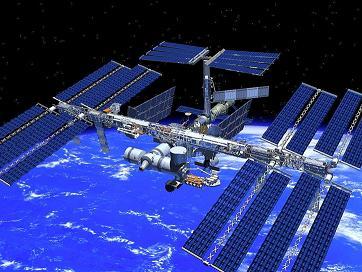
WASHINGTON, July 3 (Xinhua) -- SpaceX's Dragon cargo spacecraft returned to Earth from the International Space Station on Monday, bringing back the first Chinese experiment ever to visit the orbiting laboratory.
The unmanned spacecraft splashed down in the Pacific Ocean at 8:12 a.m. EDT (1212 GMT) about five hours leaving the space station. It wrapped up SpaceX's 11th contracted cargo resupply mission for the U.S. space agency NASA.
"Good splashdown of Dragon confirmed -- completing first re-flight of a commercial spacecraft to and from the @Space_Station," the California-based company said via Twitter, referring to the fact that the spaceship first flew in SpaceX's fourth resupply mission in 2014.
Dragon is returning more than 4,100 pounds (1,860 kg) of cargo, including science samples from human and animal research, biotechnology studies, physical science investigations and education activities.
One of the science samples was the first-ever Chinese experiment brought to the space station, which is fully commercial, under an agreement with Houston-based NanoRacks, which offers services for the commercial utilization of the orbiting laboratory.
The experiment from the Beijing Institute of Technology was aimed at studying the effects of the space radiation environment on DNA and the changes in mutation rate.
"Everything went according to our plan. All the data sent back looks good," Professor Deng Yulin, who led the Chinese experiment, told Xinhua by phone from Beijing.
Deng said he will soon fly to Florida, where a ceremony of transfer of the experiment between NanoRacks and his team is scheduled for Friday.
The Chinese research involves no technology transfer between NASA and China, which is banned by a U.S. bill introduced in 2011 by Republican Frank Wolf, who is now retired.
Dragon is currently the only space station resupply spacecraft able to return a significant amount of cargo to Earth.
The spacecraft rocketed to the space station from Florida on June 3 with Deng's experiment and other supplies and arrived there two days later. It was released from the space station's robotic arm on early Monday morning.




 A single purchase
A single purchase









